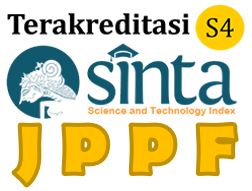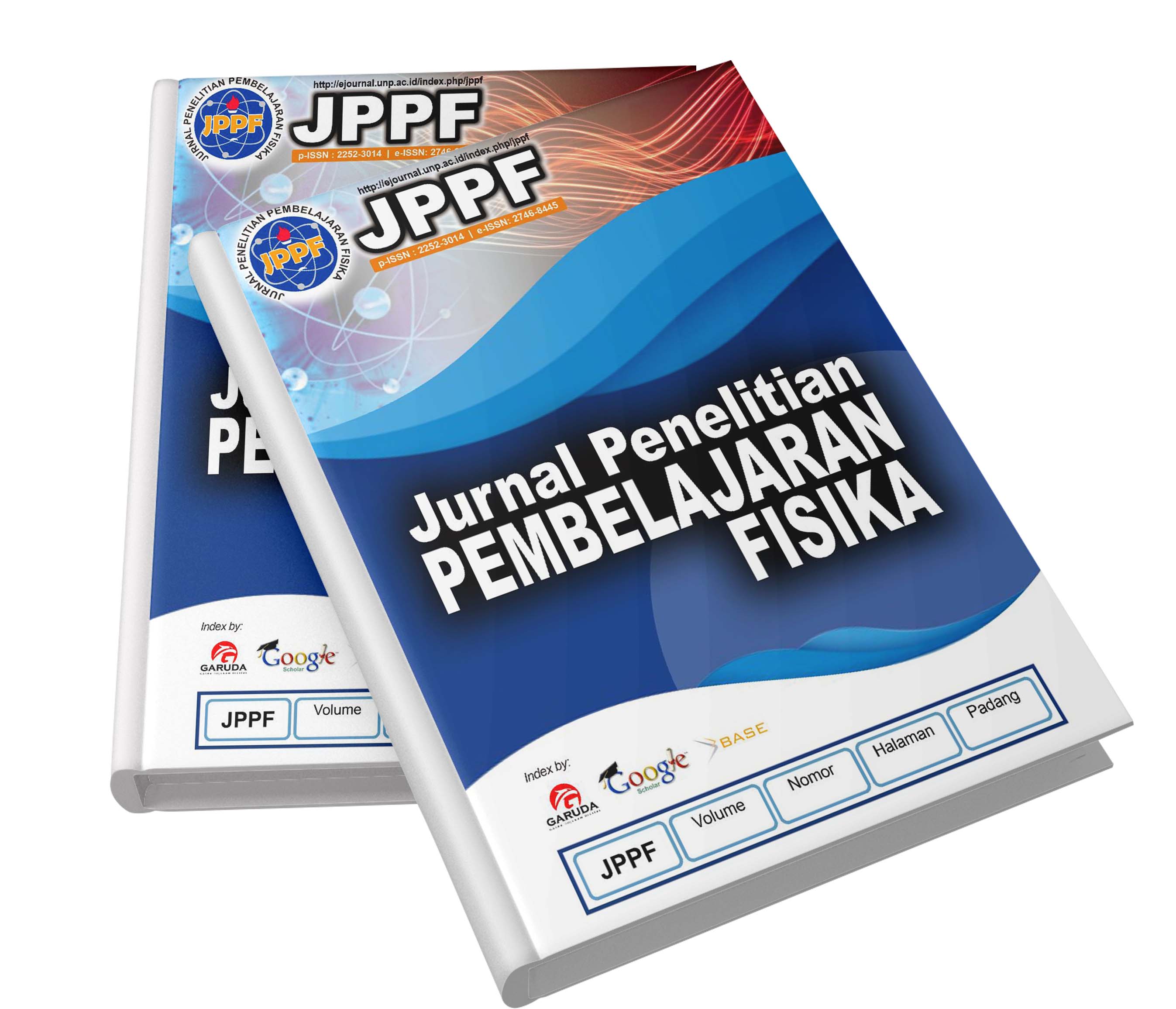Abstract
21st century life confronts us with increasingly complex problems. Therefore, learning is expected to create students who are critical, active, independent and have good abilities in solving problems encountered. One way to achieve this goal is through learning that uses physics modules based on the Problem Based Learning model. Research on the development of PBL model based physics modules has been widely carried out by previous researchers. Therefore, research is needed to analyze and compare some of the research that has been done related to the development of physics modules based on PBL models for high school students. This research uses a meta-analysis method. The purpose of this study is to analyze the value of the validity and practicality of the PBL model-based physics module, as well as to analyze the effect of the PBL model in terms of learning material and student skills. Based on the results of the study it can be understood that: 1) The average validity of the 13 articles analyzed is 0.87 with a very high category, 2) The average practicality of the 5 articles analyzed is 0.86 with a very high category, 3) The PBL model has a moderate effect on all material on the 13 articles analyzed, with the highest influence on the material temperature and heat (effect size 0.63). Likewise with the skills of students, PBL models have a moderate effect on the skills of students as a whole, but it is more effective to improve science process skills by obtaining an effect size value of 0.58.




